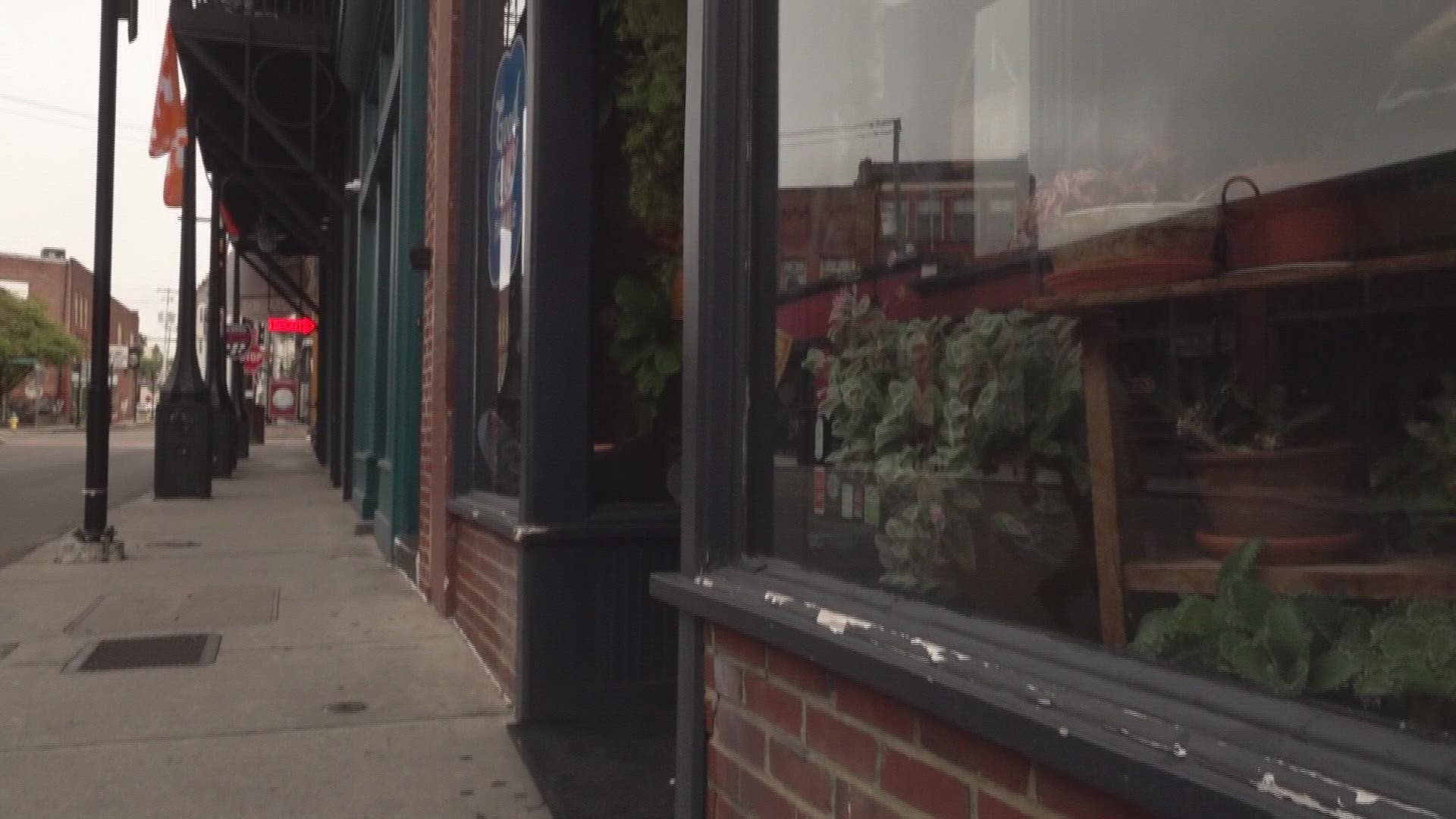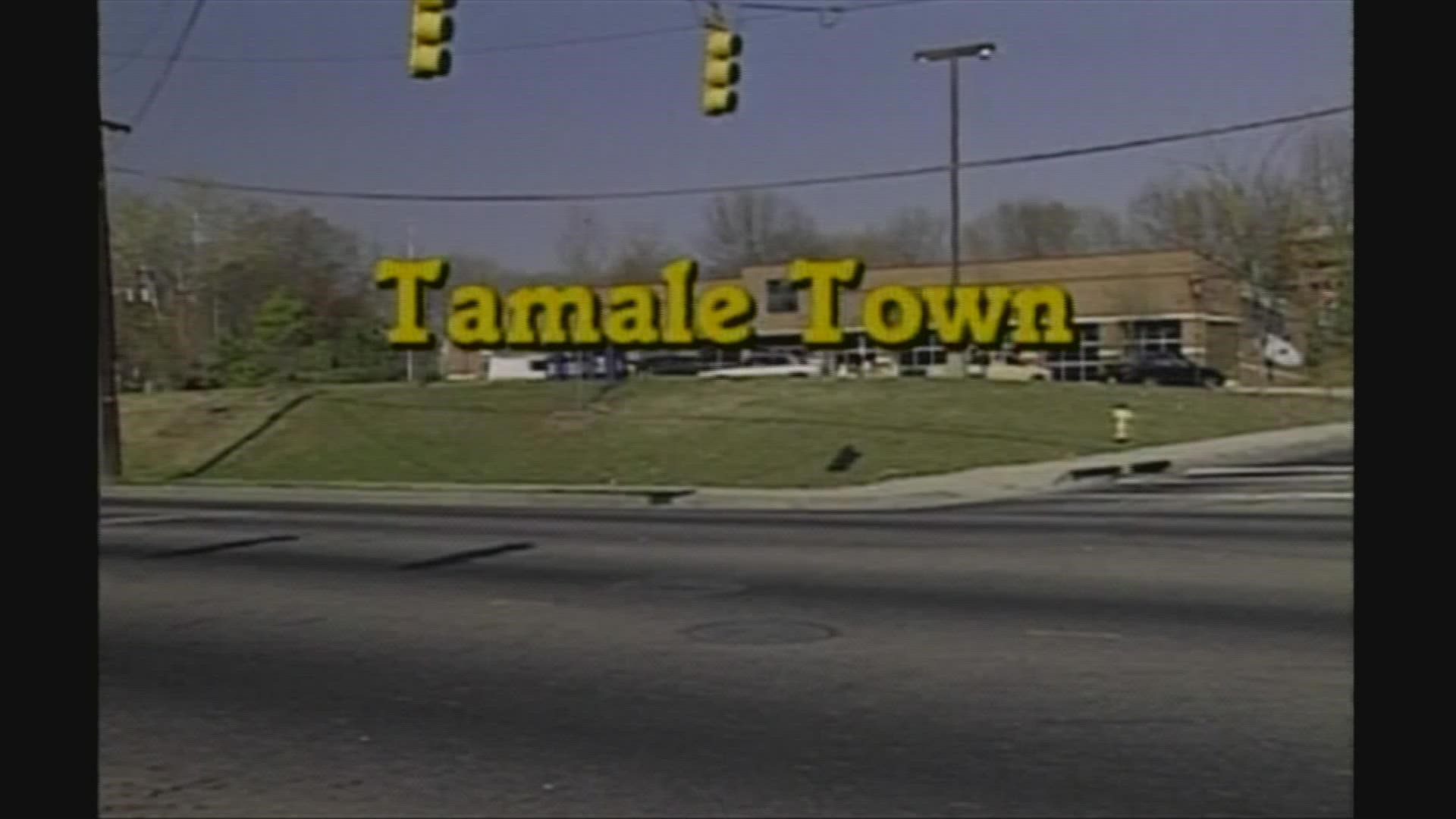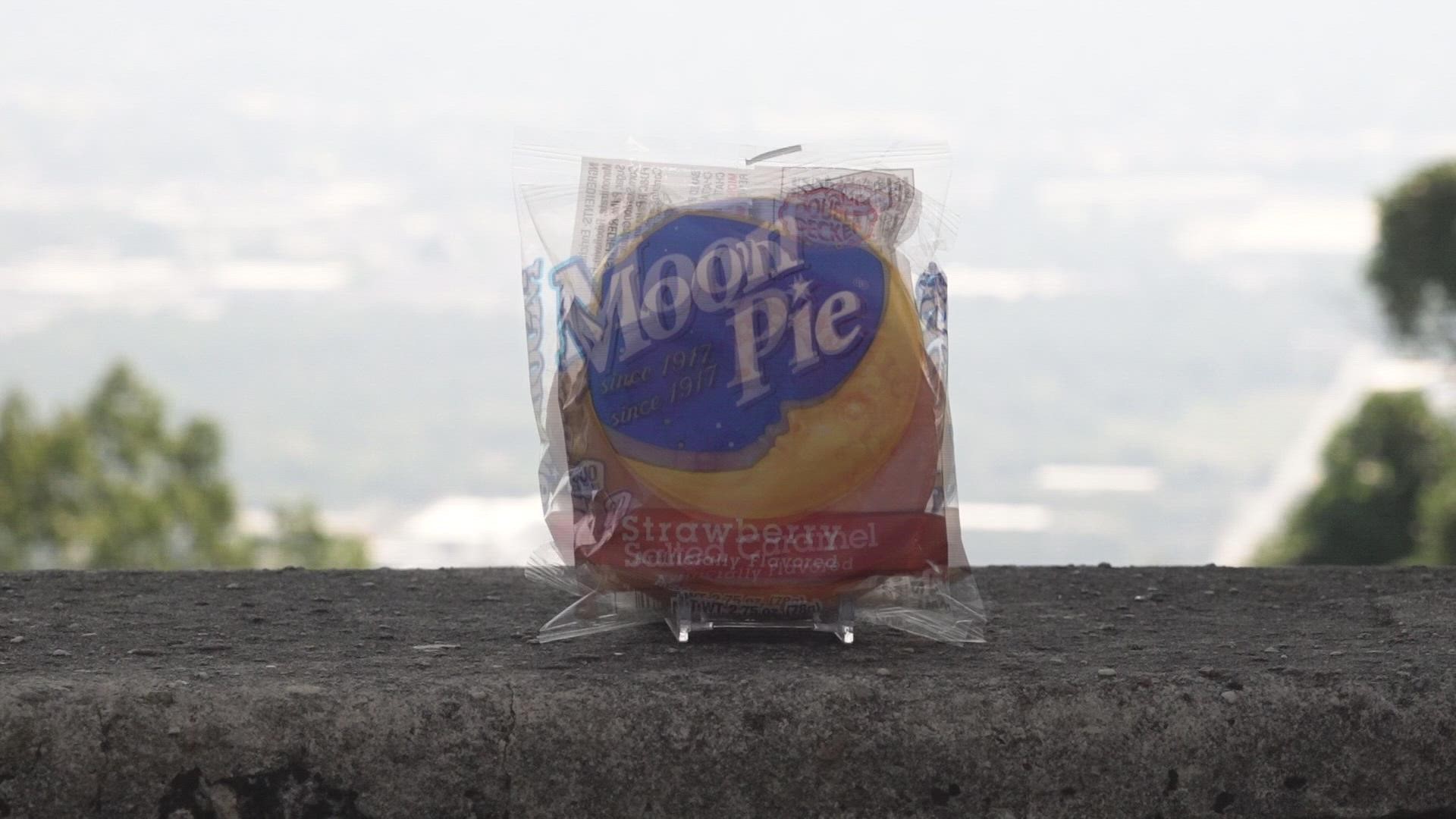Hog and Hominy: The Tale of Knoxville Tamales
Whether it’s Good Golly Tamale or someone selling them out of their trunk at a church sale, the tamale tradition is alive and well in Knoxville.
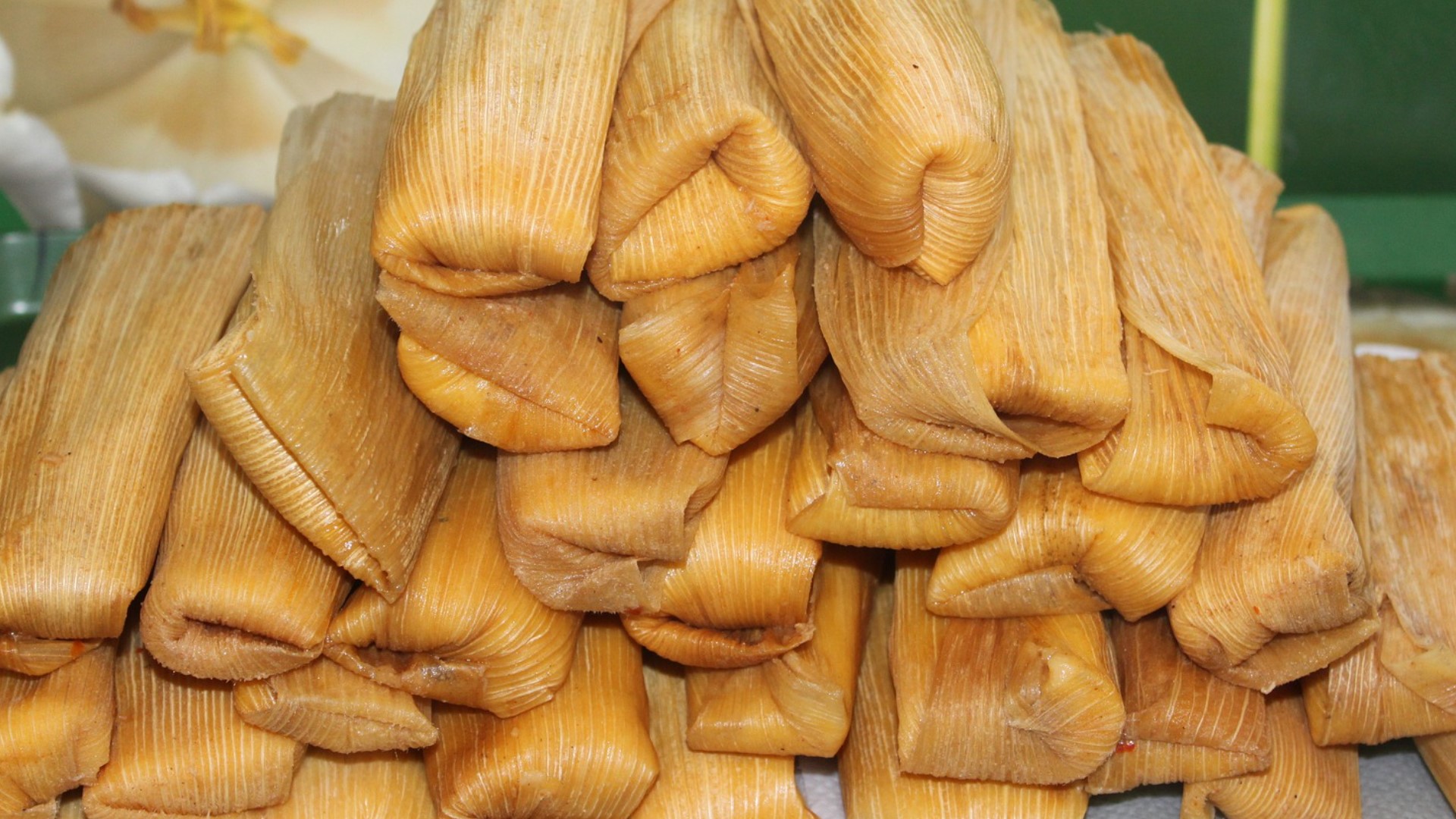
Eighty years before the first Hispanic restaurant opened in Knoxville, the people of the city were enjoying the savory taste of tamales.
The idea of consuming corn-based dough wrapped around various meats, cheeses, vegetables and other foods dates back to 8,000 B.C Mesoamerica.
“Every country in the Americas has a tamale tradition, but it’s a very old, old food that’s been preserved and traveled with Native people," Good Golly Tamale owner Matt Miller said.
Harry Royston
The tamale tradition began in Knoxville in 1887 when a man named Harry Royston introduced the hearty Hispanic dish to the city.
“He had been a carny. A guy who traveled with carnivals selling fun food to customers. He had picked up tamales somewhere and learned how to make them. They’re kind of complicated. It’s not a simple thing to make, a tamale. It takes some learning to do. He started selling them here in 1887 to both Black and white Knoxville. He had a hand cart on the streets and would take it to wherever the people were," Knoxville historian Jack Neely said.
Royston walked the streets of downtown Knoxville bellowing his catchphrase “They’re hot! Red hot! They’re Harry’s!” Royston also sold classics like hot dogs and ice cream, but the tamale was a unique food experience for Knoxville’s residents due to the lack of Hispanic restaurants in the area.

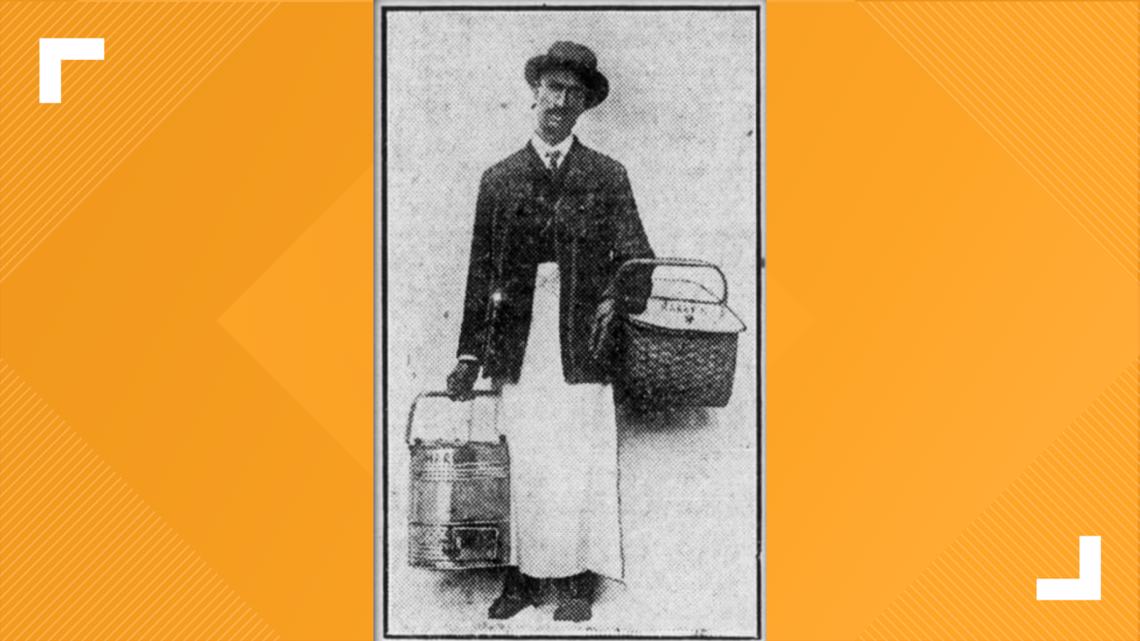
The success of his street cuisine allowed Royston to upgrade from his cart to a storefront on Willow Avenue, and thanks to the tamale’s popularity, a plethora of shops began popping up around the area.
“They were listed with their own listing in the city directory in 1909. There was a whole category called ‘Tamale Manufacturers’ in Knoxville, and they were all African American entrepreneurs that were running little individual kitchens. Mostly on the east side of the old city area in the old bottom section," said Neely.

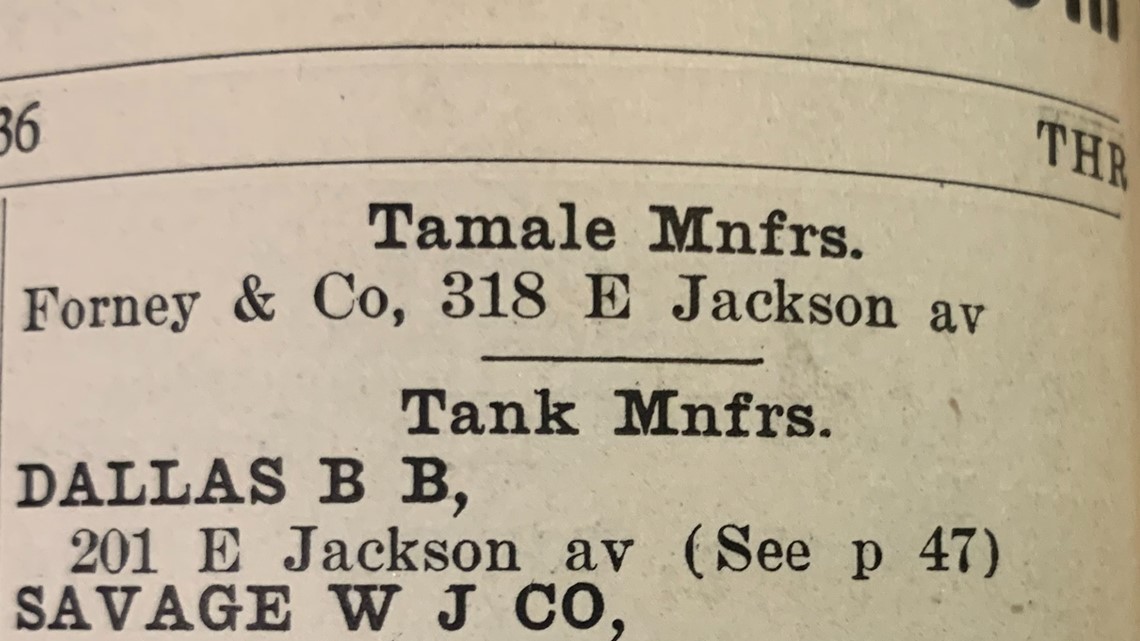
Harry Royston hawked his tamales to the people of Knoxville for 30 years before passing away in 1917. The tamale tradition would continue in the mom-and-pop kitchens of East Knoxville until a new tamale man came to town with a new take on the recipe, and set up shop right down the block from where Royston’s once stood.
Andrew Taylor
“There was a guy after Harry Royston named Andrew Taylor, that a lot of people remember making tamales down in the Patton Street / Willow Street area for a long time. It was a really thick, thick tamale. It had a dark, almost black filling of meat that was a combination of beef and spices and maybe pork or something in there. It was a really interesting tamale," said Neely.

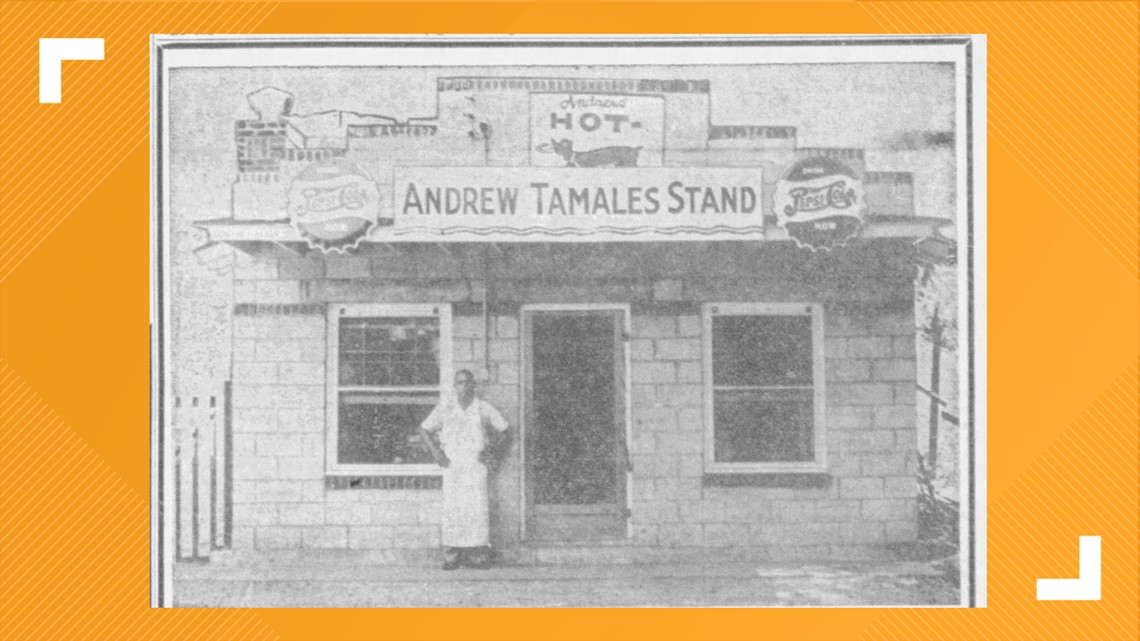
Taylor’s career of selling tamales lasted more than fifty years -- well into the 1970s. Soon after, another person rode into town with yet another take on the tamale.
Charlie Green
Charlie Green arrived in Knoxville soon after Andrew Taylor's departure from the tamale business.
“Mr. Green moved here, but he’s really from around Greeneville, Mississippi. That’s where we met him. We met him as a tamale man,” Mary's Tamales co-owner Clara Robinson said.

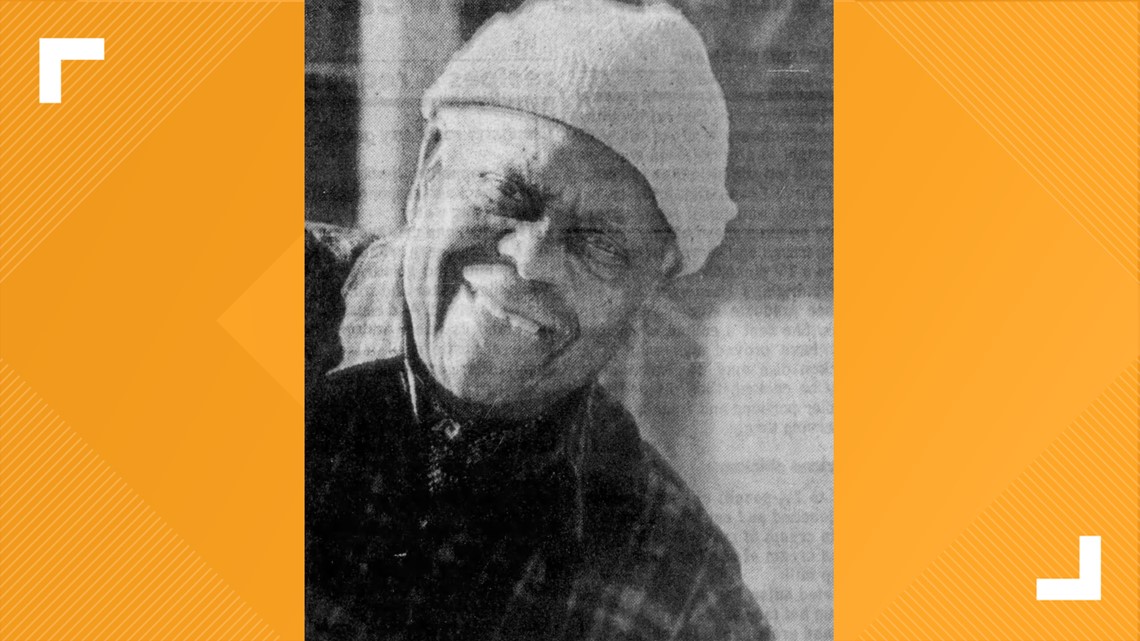
Charlie Greene brought a delta-style tamale to Knoxville. Delta tamales are smaller than traditional tamales, simmered as opposed to steamed, and use cornmeal as opposed to corn flour.
Allen and Green’s Hot Tamales and Barbecue was located on University Avenue in Mechanicsville. Along with selling out of his restaurant, Greene took an old-school approach to selling his Delta Tamales.
“He had a white cart. He would prepare his tamales. He would put them in his cart, maybe a couple buckets of them, and then he would get on the street corners, everywhere. He did good business because everyone loved him," said Robinson.

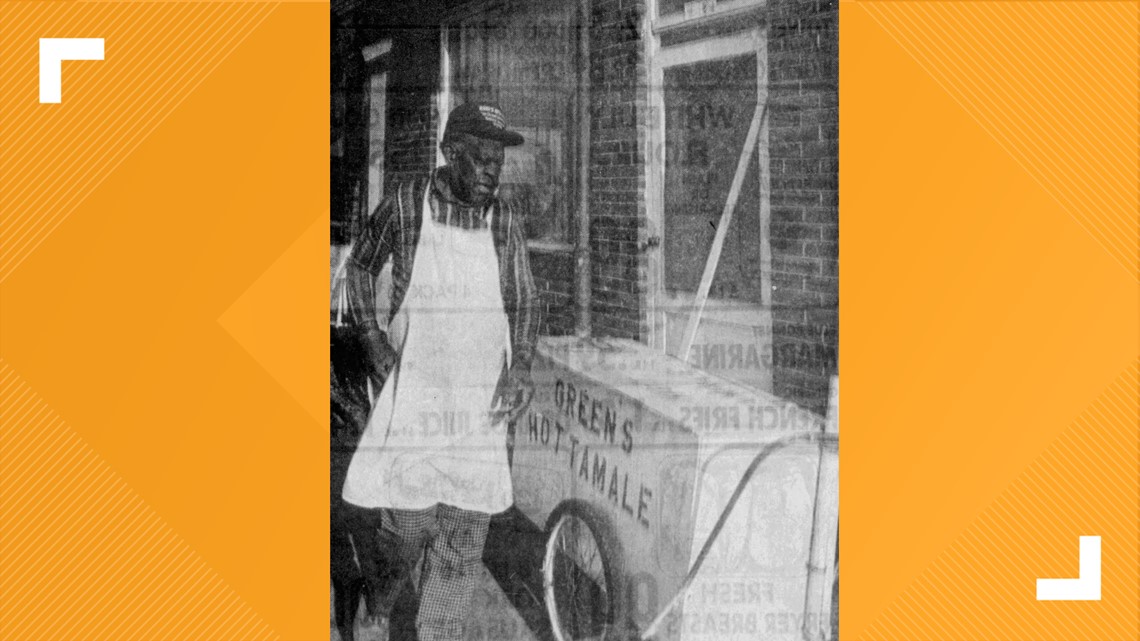
Green’s tamales became so renowned, that they were Knoxville's only mention in what historian Jack Neely considers “the quintessential book on Southern cuisine,” Southern Food by John Egerton.
Charlie Green’s storefront caught fire in 1981, but he was able to rebuild and continued to sell his tamales until the late 1980s. Once Green closed shop, he passed on his wealth of tamale knowledge and recipes to sisters Mary Manuel and Clara Robinson, who opened Mary’s Tamales on Magnolia Avenue in 1989.
Mary Manuel and Clara Robinson
Mary's Tamales co-owner Clara Robinson’s love for tamales goes back to her early childhood.

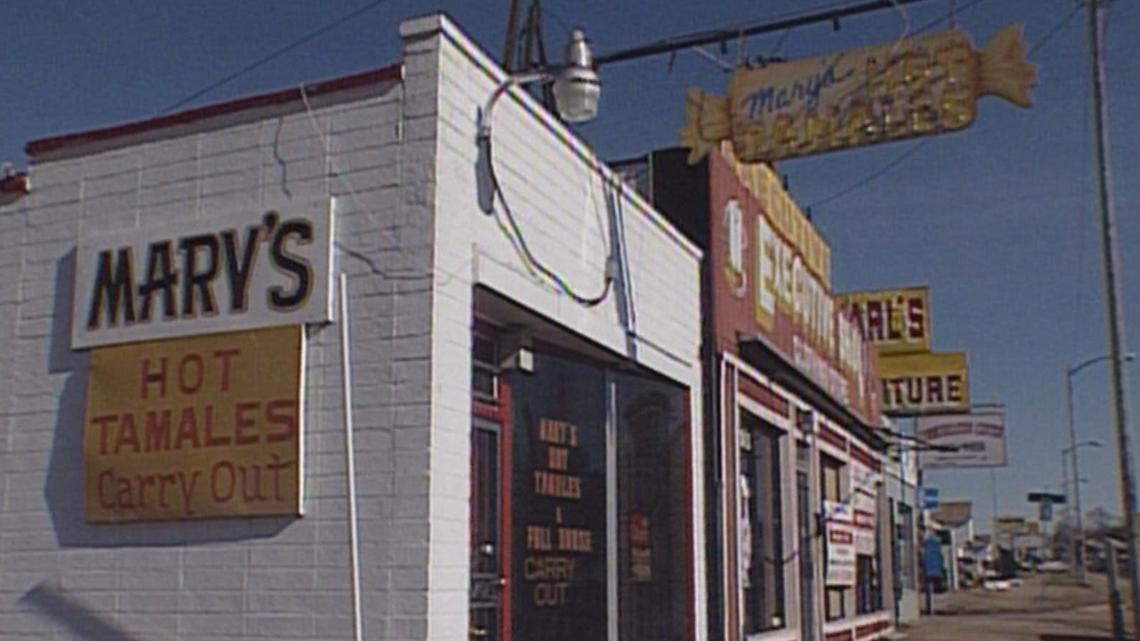
“I guess I must’ve been about eight, nine, 10 years old. There was a man down there named Mr. Tucker. He was the only tamale man that we knew of in Greeneville, Mississippi. He made them in his home, and he had this little building sitting on the corner of the street and he would sell them out of that little store. You go to school all week and you 15 or 20 or 25 cents and you go get a tamale," said Robinson.
The menu at Mary’s also included sweet potato tarts and hot dogs, but another item had roots steeped in Knoxville history: the Full House.

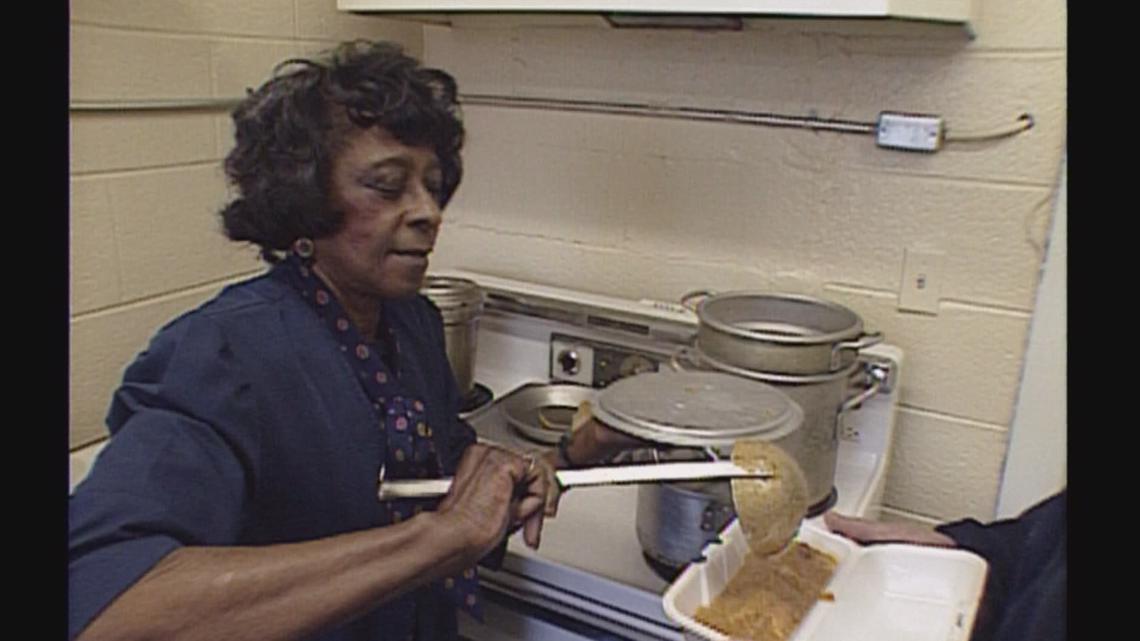
"The Full House is an interesting mystery. The idea of serving a tamale with chili pops up here and there. There were Greek-owned restaurants that would serve a bowl of chili with a tamale in it, for some reason, here, they were called a Full House. I don’t know that that term was used in any other city. The earliest I’ve seen it is 1935, but it became popular right after that. There were these restaurants that were sports bars, betting parlors, things like that, kind of like speakeasies. They would have the Full House. It was a gambling term. A full house in poker. I bet that’s where it came from," said Neely.
Mary Manuel passed in November 2000 from Leukemia, but Clara continued on until the early aughts when she closed shop for good.
“Mary’s tamales was part of a vanishing breed of locally owned places in East Knoxville. Just working people’s places. The little tamale and barbecue places, there were probably 15 or so at least in the 90s. They’ve just kind of dwindled away,” said Neely.

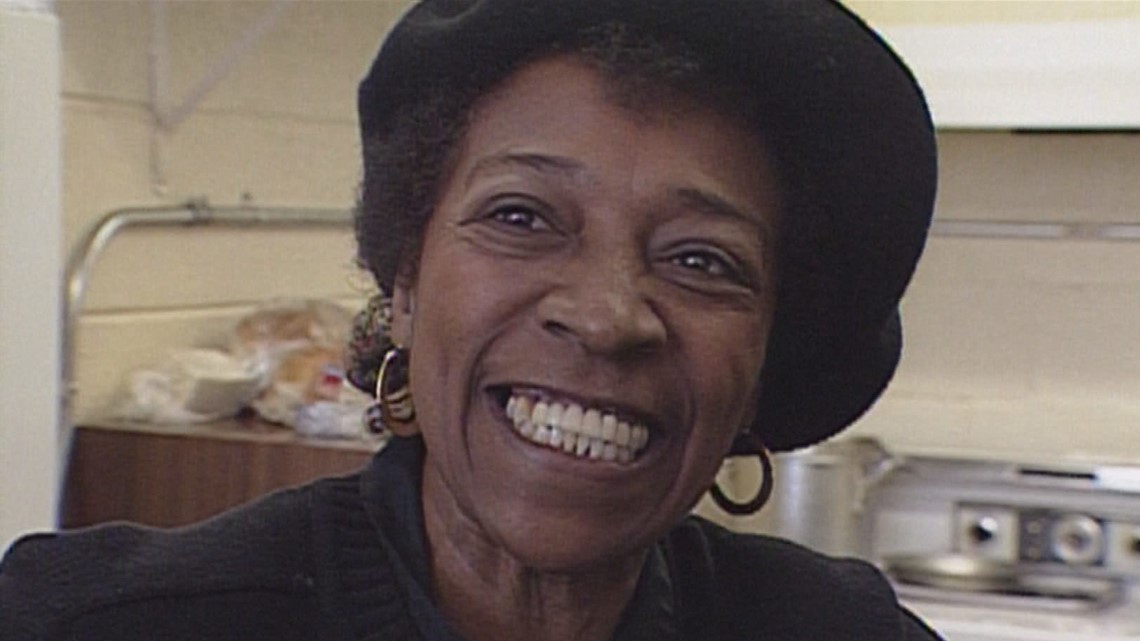
Matt Miller
Good Golly Tamale opened in the Old City in 2015 and offers a new-age spin on the classic dish. The store stands right around the block from where Harry Royston and Andrew Taylor sold their tamales.

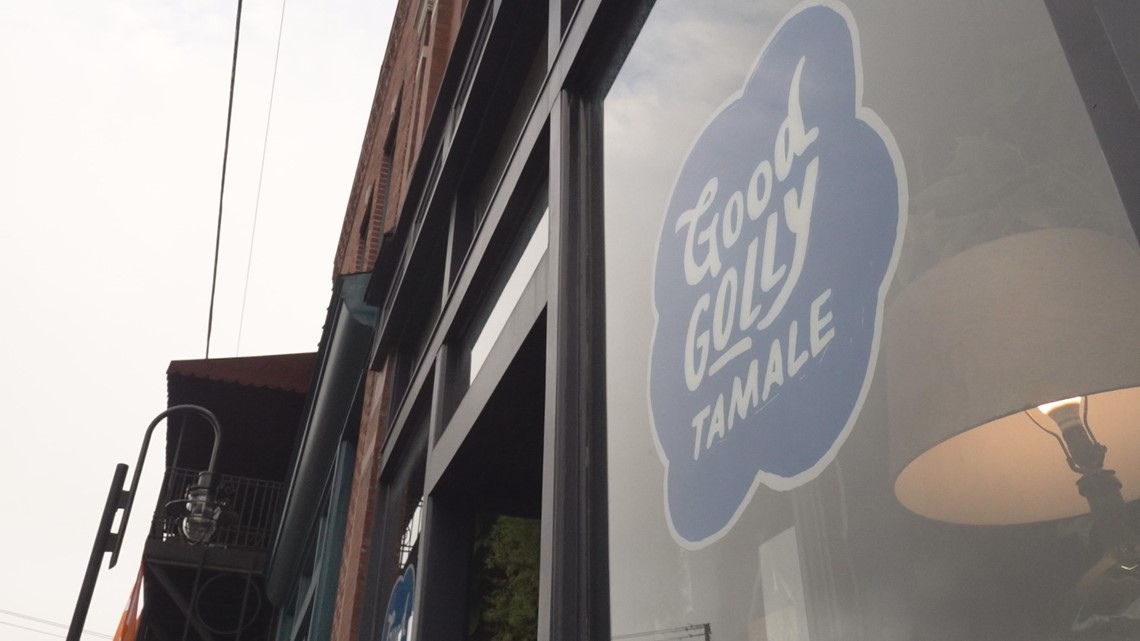
According to Good Golly Tamale owner Matt Miller, the approach he takes to his tamales is making what he likes and hope other people like it as well.
“I think regionally, people are used to ground beef and sausage as a filling. There are vegetarian ones, a cheese one, we even make a lamb one. There are even sweet ones. Raisin, cinnamon, apple tamales,” Miller said.

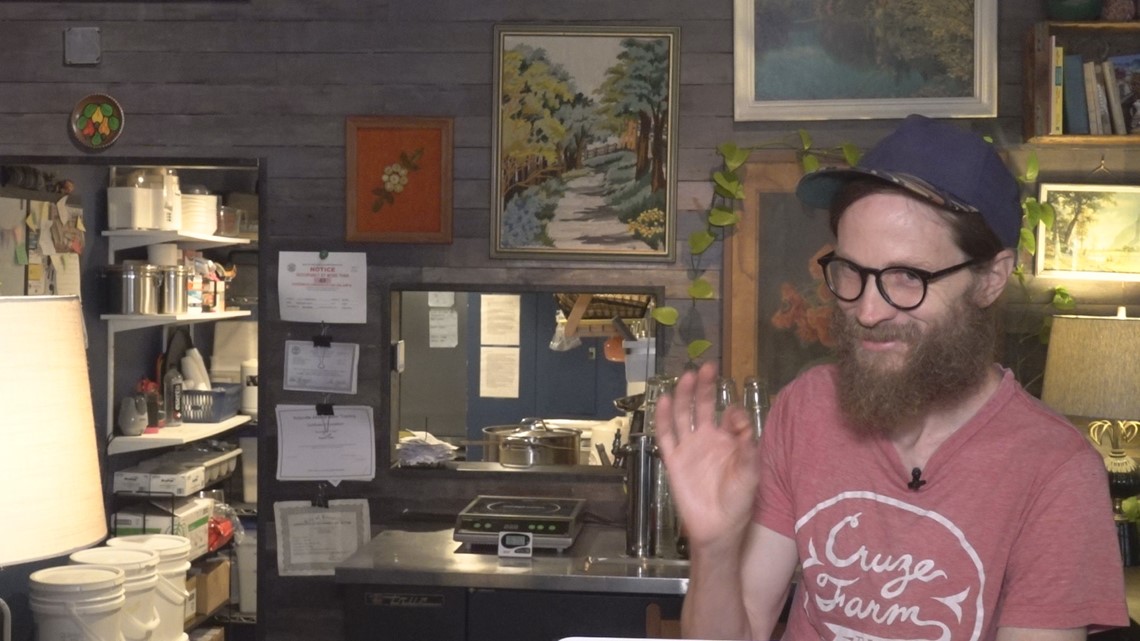
Whether it’s Good Golly Tamale or someone selling them out of their trunk at a church sale, the tamale tradition is alive and well in Knoxville.
“This happened 80 years before Knoxville had a Mexican restaurant. We were eating Mexican food in the form of tamales, so I think that’s something worth remembering. The tamale and the Full House is something about Knoxville cuisine that reminds us that there were other influences other than just our home cooking like fried chicken and hamburgers. We have this influence from other countries in our cuisine even 140 years ago. It’s also important to remember the African American heritage of the tamale and the popularity of tamales here," said Neely.
Miller said the best tamale is made with good ingredients, love and, "about two minutes after it gets pulled out of the steamer, that’s when it’s really good.”

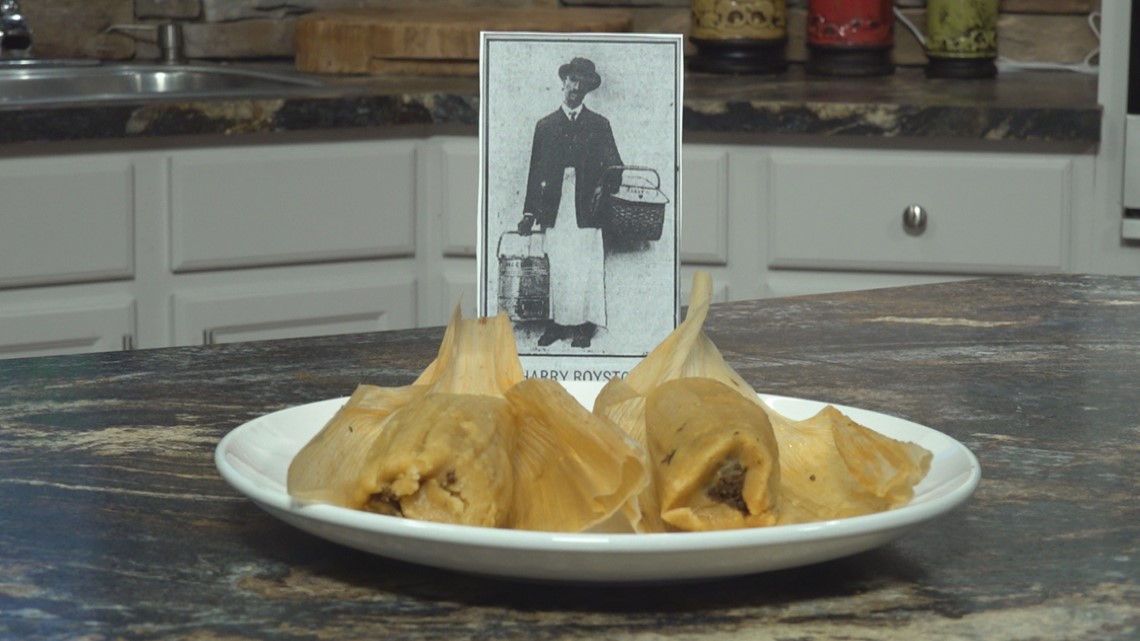
If you're in the mood for something sweet, a Southern staple was created down the road in Chattanooga in 1917.


